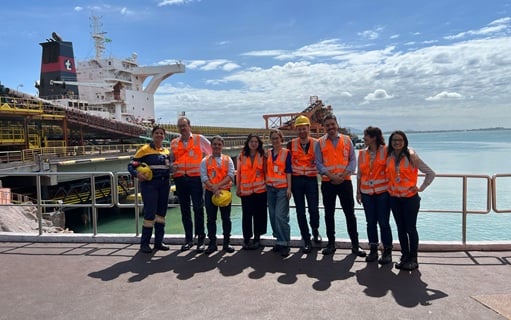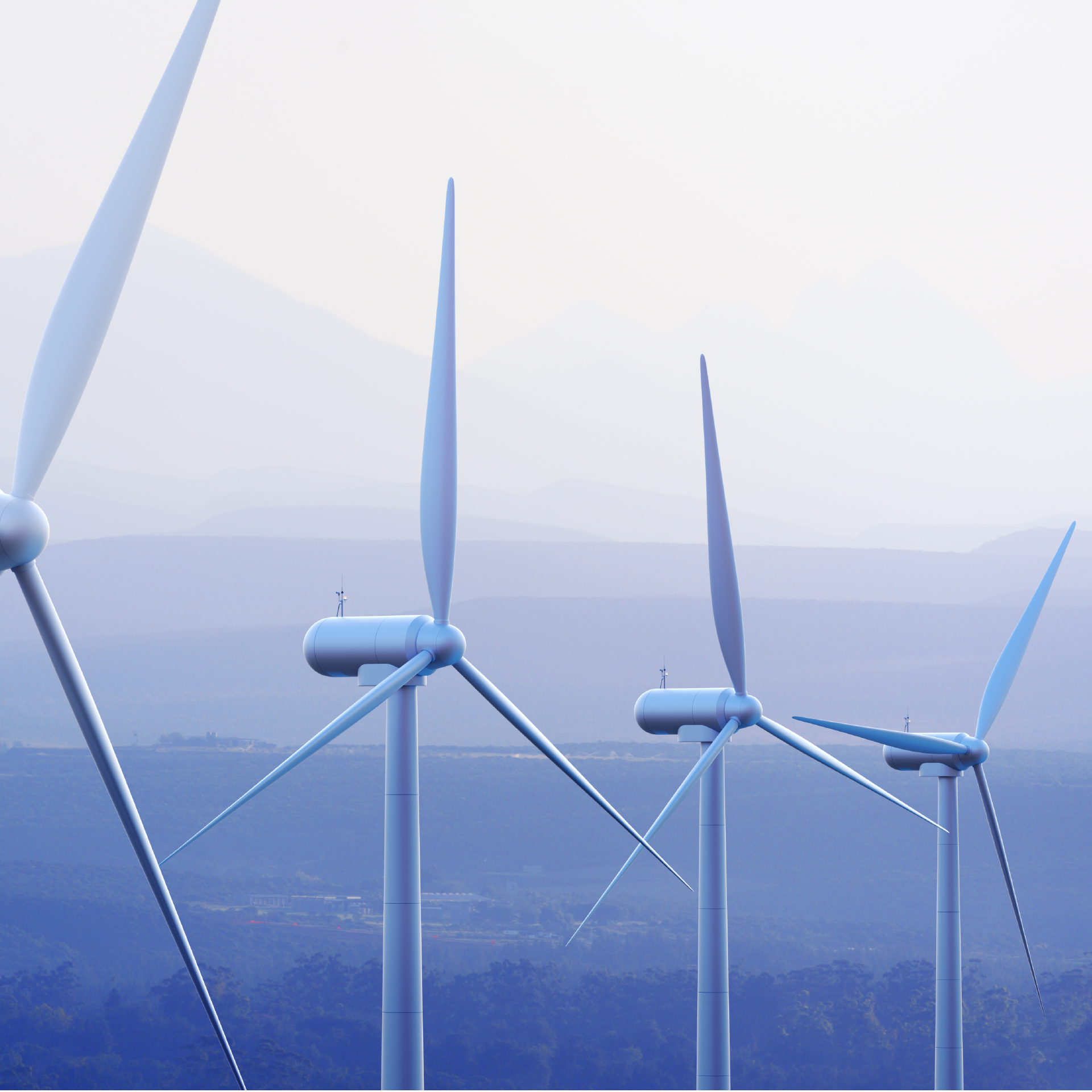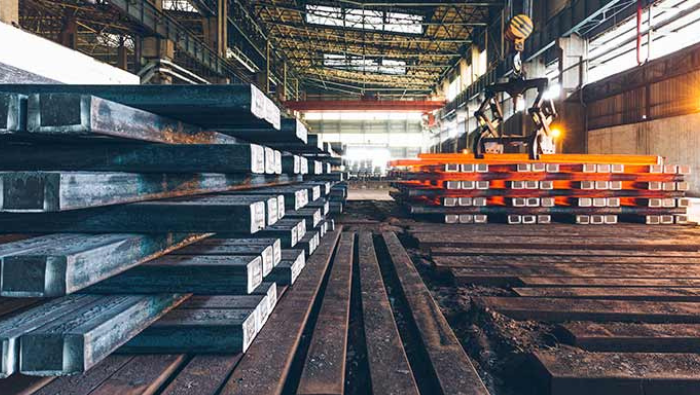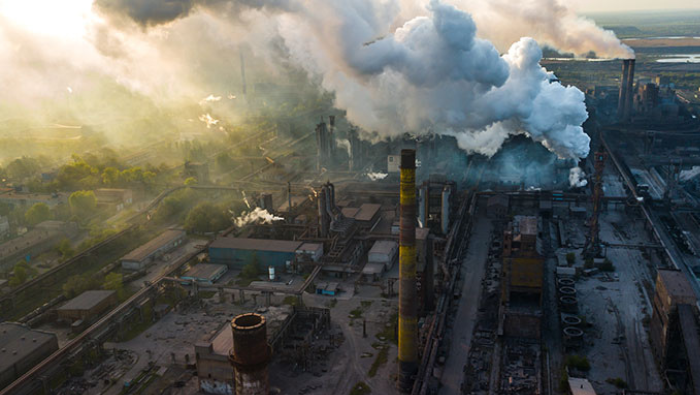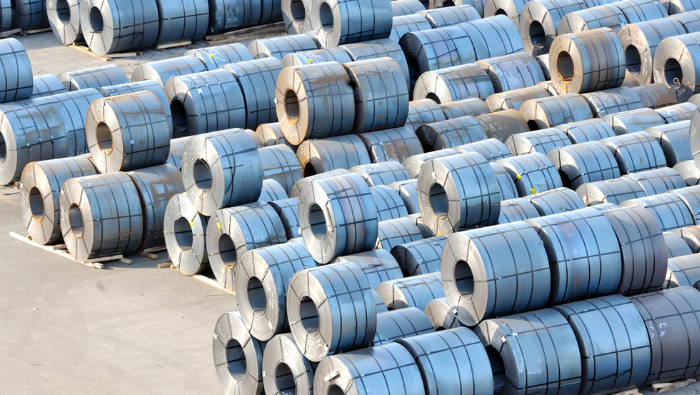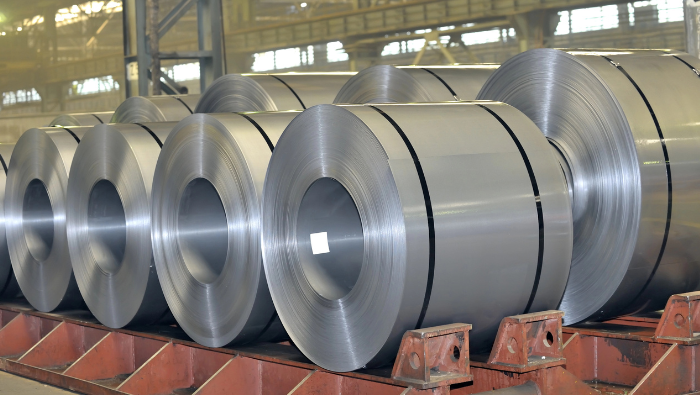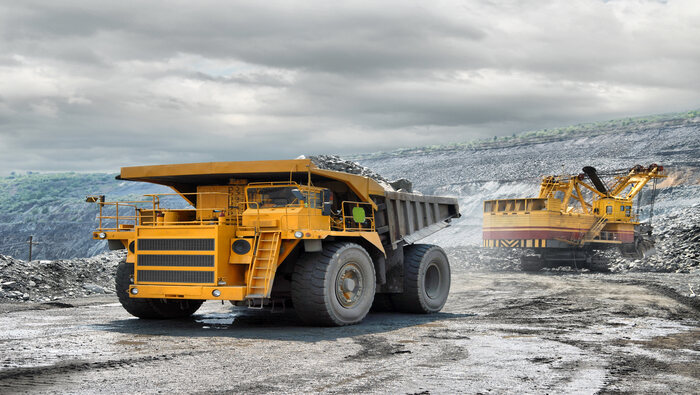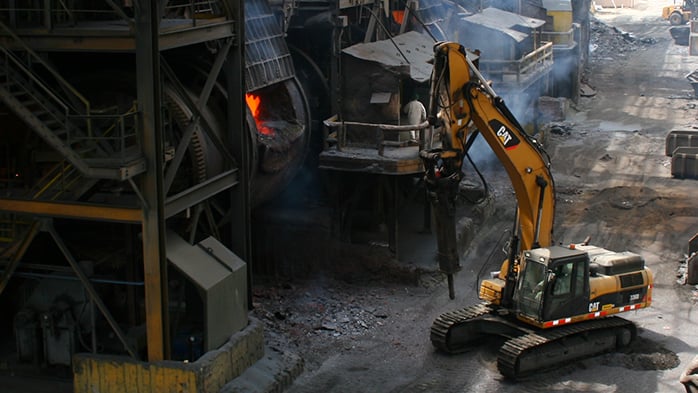Comprehensive policies to ‘battle for blue skies’ demonstrate China’s determination to improve air quality and, in the long-term, these policies will severely limit thermal coal consumption.
In recent quarters, however, events have demonstrated that China is currently unable to meet growing national power requirements without burning more coal. Furthermore, in May this year, CRU visited a variety of key coal infrastructure sites and found that environmental policies are, in fact, providing support to coal prices by restricting output growth and increasing costs of transportation.
China coal prices to remain high in 2018
After strong prices in 2017, Chinese coal prices continued to increase during the period January-May 2018. CRU analysts spent time visiting various coal infrastructure sites in China in May, including coal railway stations in Shanxi, a Bohai Rim port in Hebei and a coal wharf in Nanjing. This trip brought to the fore the impact capacity closures, supply-side restructuring and stricter environmental standards are having on the ability for coal producers to lift coal supply during spells of higher coal demand.
Coal production will see moderate growth
The National Energy Administration (NEA) has set a raw coal production target of 3.7 bn t for 2018, however, this will not be easy to achieve. In order to meet this target, monthly output would need to be~330 Mt/m during the remaining months of the year, while production in all of the first five months of 2018 was <300 Mt/m and, furthermore, there is no signal of a large supply increase due to on-going safety and environmental restrictions. We believe a growth rate of 4% y/y in 2018 is likely and this will mean coal production will be 2%, or 70 Mt, below the aforementioned production target.
Production shift puts strain on the transportation network
It is certainly the case that mine capacity cuts during the past two years have been effective in controlling overall production and increasing the profitability of the coal industry. However, the cuts have not been evenly distributed around the country and most of the new capacity is located in Northwest China. Recent data reflects this structural change; from 2015 to 2017, total raw coal output in China dropped by 6.5%, however, falls of between 30-70% have taken place in Central/Southern/Eastern provinces such as Chongqing, Jiangxi, Hubei, Hunan and Jiangsu.
The ‘westerly-shift’ of coal production is leading to increased demand for coal transportation capacity and we believe this is serving to lift coal prices, as transportation costs are rising and, at times, consumers are struggling to access the coal required.
Environmental policies lift transportation costs
The structural shift in coal supply is not the only factor putting strain on the transportation network; stricter environmental policies are also creating additional demand for rail transportation. In the three-year action plan called the ‘battle for blue skies’, issued by the State Council on 27 June, it noted that trucking coal to all major sea ports such as Tangshan, Huanghua, Qinghuangdao, Tianjin and Rizhao will be banned by the end of 2018. Therefore, almost all seaborne coal sent to the port will need to be transported by rail or waterway.
Thus far, it is clear that transportation networks are unable to cope with such a demand. For example, from April onwards last year, coal transported by road was completely banned at Tianjin Port and this led to a 30% decrease in coal throughput at the port. This occurred against a backdrop of rising coal demand. Other Bohai Rim ports also introduced restrictive policies on coal transportation by road last year. During our site visit to the port, we were told that a local port office organised a meeting in mid-May to ensure the ban on coal trucks was enforced because some truck deliveries did slip through, despite the ban. Moreover, we were told that if all coal trucks were to be eliminated, rail capacity for coal would be insufficient.
Railway companies are expanding freight capacity
In order to help deliver the environmental policy and allow for higher coal shipments, the China Railway Corporation has announced its target of 2.81 bn t of coal movement in 2020. The target seems achievable based on recent data and our understanding of the schedule for new railway construction. However, at least for 2018, the expansion still lags behind rising demand. During CRU’s research trip, we visited coal transportation stations in Shanxi province—facilities that receive coal by truck from surrounding mines and load this coal onto trains destined for coastal power plants and/or Northern ports—and, in all cases, we were informed that they are receiving enquiries for ~30% more rail cars than they are able to provide. We were told that this is a common issue at other, similar facilities in the area.
There is no doubt that Chinese policies designed to help in the ‘battle for blue skies’ are, ultimately, negative for the outlook for coal demand and prices. However, we believe it is typically overlooked that such policies are targeting the supply-side as well as the demand-side and, in the last year or so—as underlying power demand has grown very strongly—it has been the supply-side policies that have had a much more telling impact on market dynamics. From the perspective of international coal producers, long may this continue.





